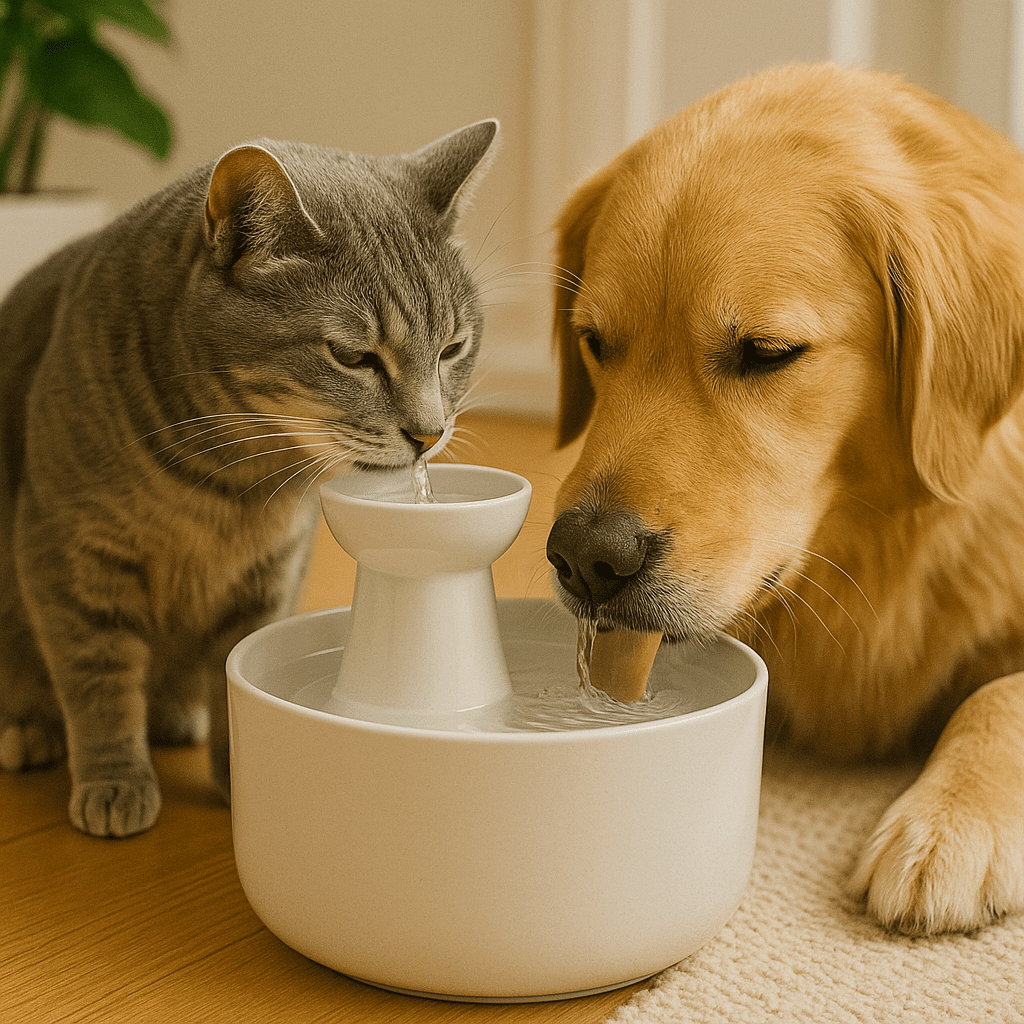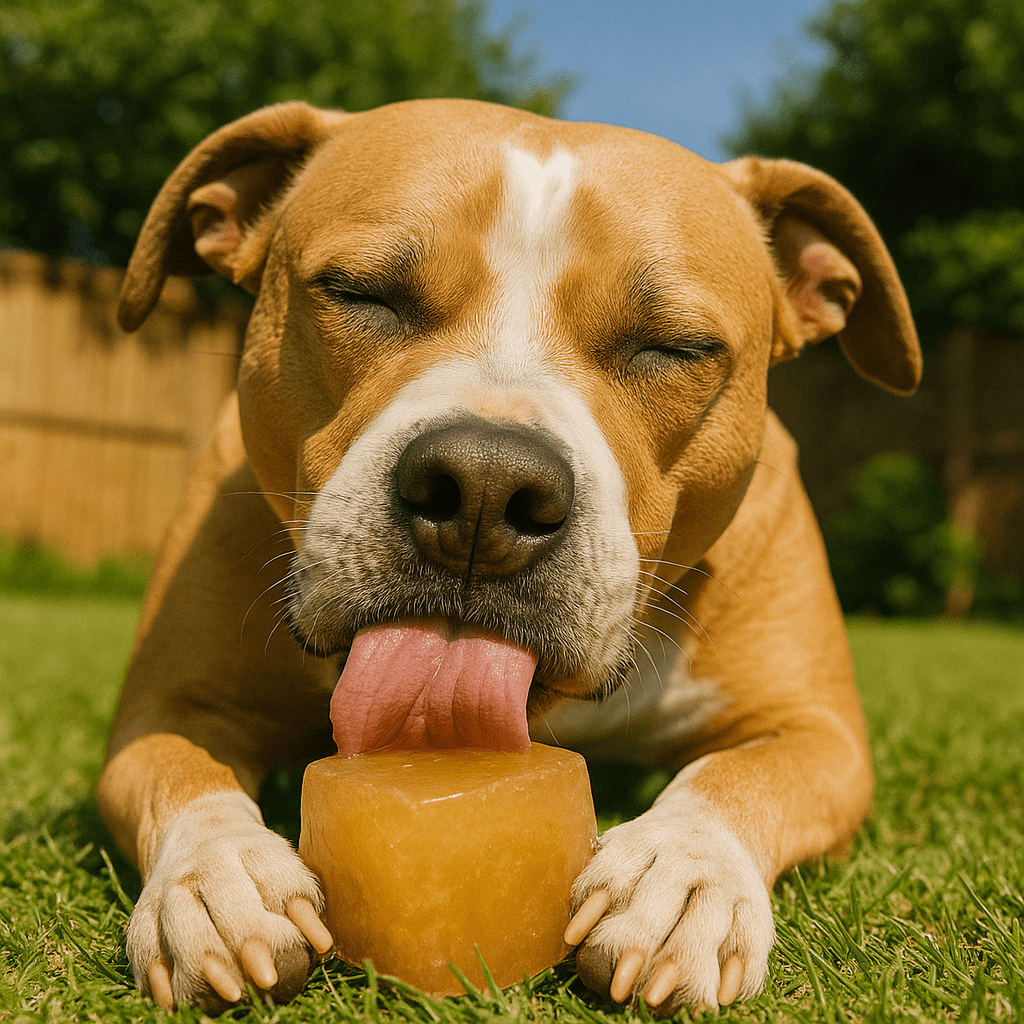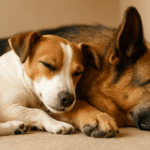Dog Hydration: How Much Water Your Dog Needs and Signs of Dehydration

Beyond the Bowl: A Guide to Proper Dog Hydration and Why It’s So Important
As devoted dog owners, we meticulously plan our dogs’ diets, research the best foods, and ensure they get the perfect amount of exercise. But what about the most essential nutrient of all? Water. We often take it for granted—we fill the bowl and assume our dog will drink what they need. However, proper dog hydration is a cornerstone of their health, influencing everything from their energy levels to their organ function. It is, without a doubt, the most critical component of their daily wellness.
Understanding your dog’s hydration needs, knowing how to spot the early signs of dehydration, and learning how to encourage drinking are simple skills that can have a profound impact on their long-term health. This guide will take you beyond just filling the bowl and give you the knowledge you need to ensure your best friend is happy, healthy, and perfectly hydrated, especially during the challenging heat and humidity of the monsoon season.
Why Water is a Wellness Super-Nutrient
A dog’s body is composed of about 80% water. This isn’t just a fun fact; it’s a biological necessity. Water is essential for virtually every single bodily function:
- Digestion and Nutrient Absorption: Water helps break down food and allows the body to absorb vital nutrients.
- Temperature Regulation: While dogs sweat a little through their paws, their primary way of cooling down is by panting, which releases water through evaporation. Proper hydration is critical to prevent overheating.
- Joint Health: Water lubricates the joints, helping to cushion them and maintain mobility.
- Flushing Toxins: It’s essential for kidney and liver function, helping to filter waste products from the body and transport them out.

The Big Question: How Much Water Does My Dog Need?
The general rule of thumb for daily water intake is approximately 50-60 ml of water per kilogram of body weight. However, this is just a starting point. Several factors can increase your dog’s needs:
- Activity Level: An active dog who spends hours running and playing will need significantly more water than a sedentary dog.
- Weather and Climate: Hot and humid weather (like the monsoon season) will dramatically increase a dog’s need for water to stay cool.
- Diet: Dogs who eat a diet of dry kibble need to drink more water to compensate for the lack of moisture in their food. Dogs on a wet or raw food diet will get some of their hydration from their meals.
- Age and Health: Puppies, senior dogs, pregnant or nursing mothers, and dogs with certain health conditions may have different hydration needs. Always consult your vet.
How to Spot Dehydration in Dogs: The Critical Signs
Dehydration can happen quickly and can be very serious. Learning to spot the early signs is a crucial skill for any dog owner.
- The Skin Tenting Test: This is a simple physical check. Gently lift the skin on your dog’s back or between their shoulder blades. In a well-hydrated dog, the skin will snap back into place almost immediately. If the skin stays “tented” or returns slowly, it’s a sign of dehydration.
- Check Their Gums: A hydrated dog’s gums should be slick, wet, and pink. Gently press a finger on their gum; the spot should turn white and then return to pink quickly. If their gums feel sticky or tacky, they are likely dehydrated.
- Other Key Signs: Look for lethargy or loss of energy, loss of appetite, sunken-looking eyes, thick and stringy saliva, and dark, concentrated urine.
Important: While mild dehydration can often be managed at home, moderate to severe dehydration is a medical emergency that requires immediate veterinary attention for IV fluids.
7 Creative Ways to Encourage Your Dog to Drink More Water
If you’re worried your dog isn’t drinking enough, here are some easy and effective ways to boost their intake:
- Keep it Fresh and Clean: A slimy water bowl is unappealing. Wash your dog’s water bowl with soap and water every single day to prevent bacteria buildup.
- Provide Multiple Water Stations: Place several bowls of fresh water in different locations throughout your home. Sometimes, the convenience will encourage more frequent sips.
- Try a Pet Water Fountain: Many dogs are enticed by moving water. The aeration can also make the water taste better. A pet water fountain can be a great investment for picky drinkers.
- Add Water or Broth to Their Food: This is one of the easiest and most effective methods. Simply pour a bit of fresh water or a small amount of unsalted, onion-free bone broth over their dry kibble to create a hydrating “gravy.”
- Offer Hydrating Treats: Many fruits and vegetables have high water content and are safe for dogs. Offer small pieces of seedless watermelon, cucumber, or celery as a refreshing treat.
- Make “Brothsicles”: Freeze diluted, low-sodium chicken or beef broth in an ice cube tray. These make a fun, hydrating, and cooling treat on a hot day.
- Always Bring Water on Walks: Never assume you will find fresh water on your route. Always carry a portable water bottle and bowl to offer your dog frequent sips, especially during exercise.
Conclusion: A Vital Part of Daily Care
Monitoring your dog’s water intake might not be as exciting as teaching a new trick or going on a grand adventure, but it is one of the most fundamental acts of love and care you can provide. By ensuring your dog is always well-hydrated, you are supporting every single system in their body. So, take a moment to wash out that water bowl, add a splash of broth to their dinner, and praise them for taking a long drink. These simple habits are a powerful investment in their long-term health and happiness.




